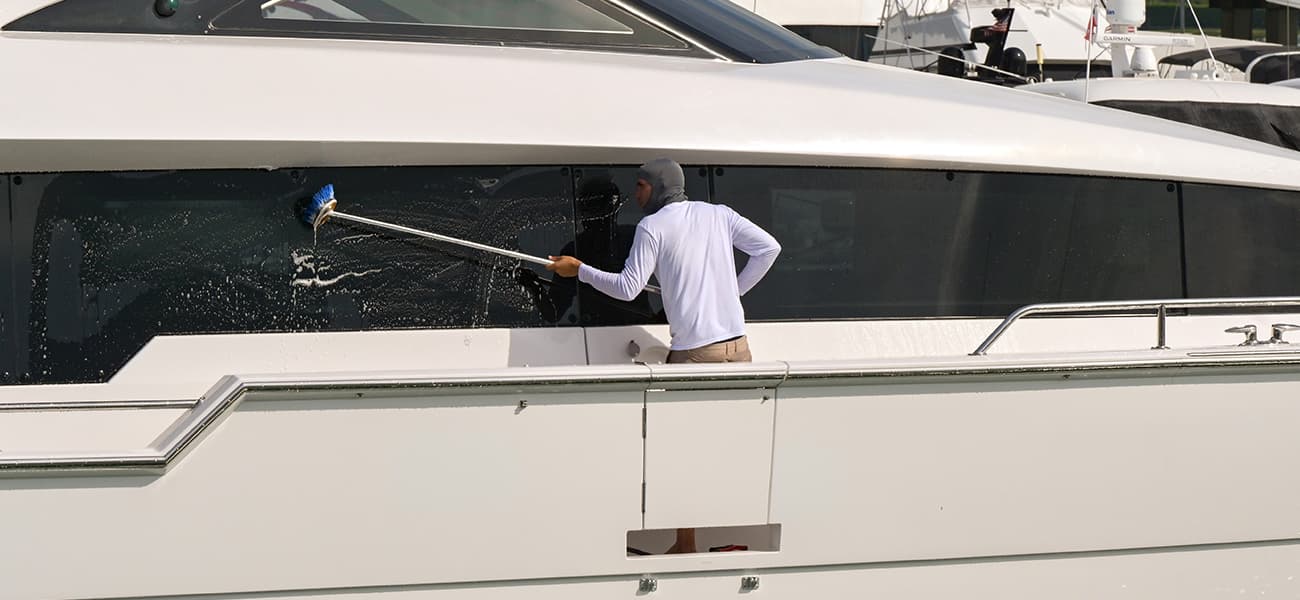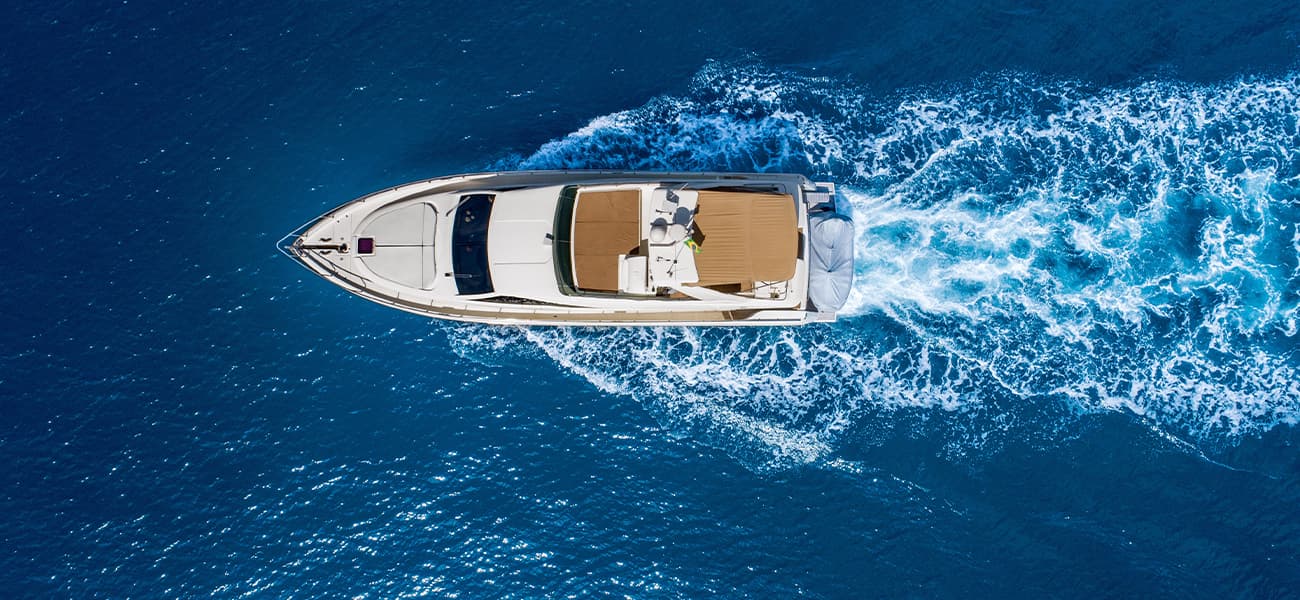Owning a boat brings with it a sense of freedom but also great responsibility. Among the most crucial responsibilities is regular and proper cleaning. Boat cleaning isn’t the same as regular surface cleaning; it requires special attention not only to protect the vessel itself but also to preserve marine ecosystems.
In this article, we’ll explore the essential materials for boat cleaning, share eco-friendly product suggestions, and highlight important precautions to help you keep your boat clean responsibly.
1. Why Boat Cleaning Is Different from Regular Cleaning
Boats are exposed to saltwater, algae, fuel residues, and intense sunlight all of which can wear surfaces quickly. This means:
• Materials deteriorate faster,
• Stains become permanent if untreated,
• And using the wrong products can cause irreparable damage.
More importantly, any chemical product that enters the water can directly harm marine life. That’s why cleaning your boat isn’t just about looks, it's about environmental responsibility.
2. Choosing the Right Cleaning Materials
Every area of your boat requires a specific approach. Below is a breakdown by section:
Area | Tools Needed | Recommended Products |
|---|---|---|
Hull (fiberglass/composite) | Soft sponge, hull shampoo | pH-neutral, biodegradable shampoos |
Deck | Stiff brush, deck soap | Teak soap (for wood), marine-safe cleaner (non-wood) |
Glass/Vinyl | Microfiber cloth, glass cleaner | Ammonia-free, UV-filtered options |
Stainless Steel | Polishing cloth, metal polish | Non-acidic marine-grade products |
Interior | Microfiber cloth, all-purpose cleaner | Fragrance-free, eco-safe solutions |
3. Eco-Friendly Cleaning Products
When cleaning near or on the water, always choose biodegradable and phosphate-free products. Here are a few trusted marine-safe brands:
• Star brite Sea Safe – Biodegradable hull and deck cleaner
• Ecoworks Marine – Comprehensive eco-friendly line for boats
• Yachticon Green Line – Eco-safe for interior and exterior use
• Diversey Nautical Eco – Professional-grade sustainable cleaners
Look for labels like “reef-safe” or “marine-safe.” Choose low-foaming products that rinse easily and avoid harsh surfactants that pollute the water.
4. Which Area Requires What?
Each part of your boat has its own cleaning needs:
• Hull: Wash top-to-bottom using a soft sponge
• Deck: Use medium-stiff brushes for non-slip surfaces
• Windows: Wipe with microfiber to prevent scratches
• Stainless fittings: Polish gently in circular motions
• Cabin/interior: Ventilate well after cleaning
5. Frequency: Routine vs. Seasonal Cleaning
Routine (daily/weekly) tasks:
• Rinse saltwater after each trip
• Wipe down windows and visible surfaces
• Spot-clean any spills or dirt
Seasonal cleaning:
• Wash and polish the entire hull
• Clean and prepare for antifouling
• Check stainless and rigging systems
• Deep-clean cabin and electronics
6. Common Boat Cleaning Mistakes
• Using household chemicals not made for marine use
• Scrubbing with brushes that scratch surfaces
• Leaving salt residue behind without rinsing
• Letting chemicals run off into the ocean
• Cleaning in direct sunlight (causes streaks & fast drying)
7. Cleaning Is a Responsibility, Not Just a Routine
A well-maintained boat isn’t just about aesthetics it reflects a commitment to safety, longevity, and environmental care.
With the right tools and eco-conscious products, boat owners can ensure their vessels stay in top condition without harming the waters they love to explore.
At Casual Yachting, we aim to guide you on your journey to becoming a conscious and responsible boat owner.



